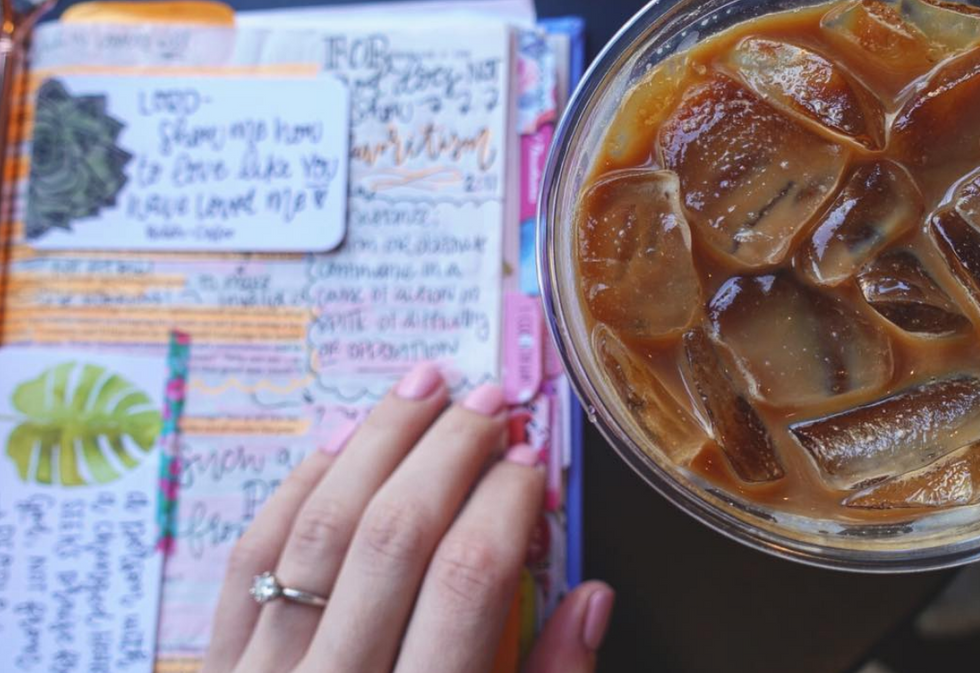Trying to get your life organized is already a difficult enough feat, but it can get even more confusing when looking at some of the stunningly organized planners and bullet journals that tend to go viral every now and again. Sometimes, it almost seems impossible to attempt to measure up. Remember that the key is to make your planner customized and tailored to your needs, priorities, and convenience. Updating and using your planner shouldn't feel like a chore, so use these tips to get into top shape!
1. Forget about additional stationary - unless it benefits you
Often, I've seen people get too worked up about not having the right pens, stickers, or art supplies to best utilize their planners. While having your preferred choice of stationery would be ideal, it is by no means required. Remember, your planner prioritizes practicality over aesthetics, and so don't forget to write everything down - even if you forgot your pen. Even if your planner is color-coded, it's more important to get the content down, then going back later to customize the content.
2. Don't be overwhelmed by the sheer amounts of journal options 
For starters, pick a practical size. I like to carry my planner around, but I have big handwriting, so I settled on an averagely sized planner, like the one above. However, some people would rather have a desk planner to glance at before they start their day or a pocket-sized one they can always have on them. Often, it's intimidating to pick a planner, because some come with additional features - like pockets, stickers or additional (and possibly themed) writing space. Whatever works for you, make sure you're buying it for functionality over cuteness, as you'll be using it daily for a year!
3. Add in fun stuff!
In addition to my daily appointments and responsibilities, on my monthly calendar page, I have a list of all the books & comics I've read, as well as TV shows & movies I've watched that month. I also have a pixel mood-tracker that I drew in on a 'notes' page in the front of my planner. Every day on my monthly calendar page, I add what I did and who I saw that day, which helps me decide who to make plans with - if I haven't seen someone in a while, for example.
Looking back can create positive reminders of events you may have otherwise forgotten about as well. I'm always getting specific dates mixed up and muddled, so adding all these personal touches helps me get a sense of how much time has passed and what I should focus on.
4. Have a tracking system
When I add in my tasks for the days within the daily & weekly view section, I draw a checkbox next to it so that I can mark it as complete (which, if you've ever done, you already know how satisfying it feels). If you want to color code complete and in-progress tasks, that's an effective way, too!
5. Add in detailed tasks - like meal prep, habit trackers and grocery lists
You'll be using your planner a lot, so you may as well keep all your lists in one place. Longer term goals - such as fitness and meal prep - should be done on your monthly view calendar because it's easier to stay disciplined looking at a long-term view, literally.
6. Don't get mad at yourself for messing up
If you end up neglecting your planner, accept that it happens. Just pick up where you can, and resume attempting to get organized as opposed to giving up all together.
I admit, my planner is probably not as aestheically pleasing as some of the prototypes you may see on Pinterest and Instagram - but at the end of the day, I'm never late for my appointments, and all my friends are envious of my planner game, so hopefully these tips benefit your planner as well. Good luck and happy planning!























